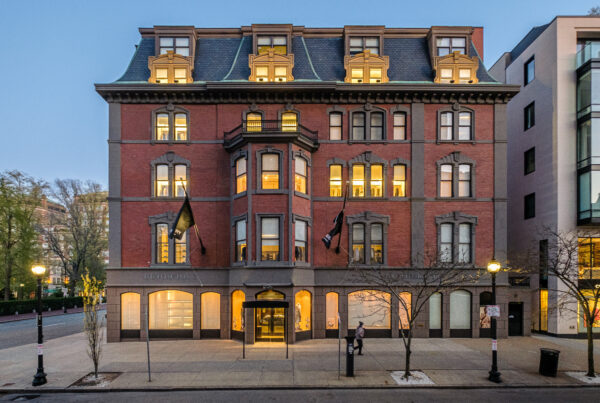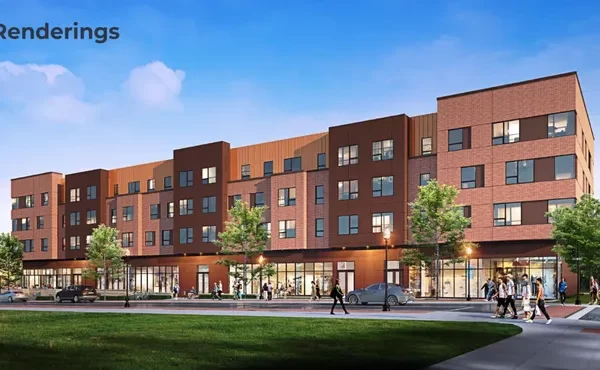originally published in the MetroWest Daily News by Brian Benson on December 24, 2016 (edited for space purposes)

NATICK – Kristina Burkey knew she wanted her first brick-and-mortar store to be in Natick.
In the six months since she opened Calliope Paperie, a stationery and gift shop on the corner of North Avenue and Rte. 27, she found her instincts were right. Burkey is impressed with the activities and sense of togetherness she has experienced in Natick Center.
“People here value their town and want to invest in it,” said Burkey, who lives in Marlborough.
And, while she understands concerns some people may have about increased development, Burkey is excited to see how redevelopment projects currently under construction add to the liveliness and mix of businesses in downtown.
Natick Centerhas seen an influx of nearby housing thanks to the demolition of the Paperboard factory and construction of the Modera Natick Center housing development in its place. It’s poised to add more housing and businesses thanks to ongoing redevelopment of the American Legion and Hometown Paint and Hardware properties close to the intersection of Rte. 27 and Rte. 135.
The core downtown by the 27/135 intersection generally features multi-story brick buildings with shops and restaurants at street level. Municipal buildings, including Town Hall and a library, line Rte. 135 heading east. The area also includes religious and arts venues. Neighborhoods around the core downtown include single- and two-family homes as well as new and re-purposed larger multi-family buildings.
Natick Center is an example of new investment happening in downtowns around the region, as developers and planners recognize the growing desire of millennials and seniors to live in areas where they don’t have to drive everywhere. But, downtown development can also raise concerns about traffic, parking and effects on municipal services.
Traditional town centers generally pre-date the car-centric, suburbanization landscape of many neighborhoods. But, with factors such as higher gas prices at play, people really started to think long and hard, “Should we be building our entire society on access to the car?” said Christopher Ryan, of the Central Massachusetts Regional Planning Commission.
Developers and investors recognize that millennials are looking to live in places where they can walk to shops and services and owning a car is not the “be all, end all,” he said.
The commission is emphasizing to municipal leaders that this is a successful model, Ryan said.
The commission has worked with Upton officials as they explored potential zoning changes that would foster mixed-use, pedestrian-friendly village center areas that still maintain Upton’s historic character, Ryan said.


